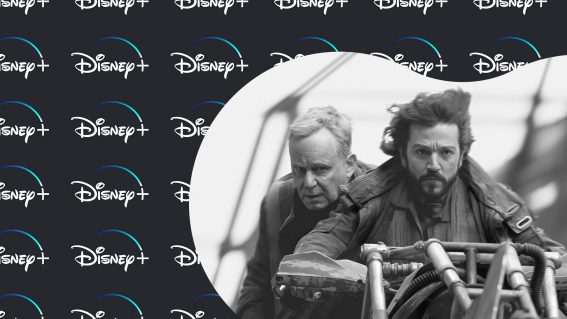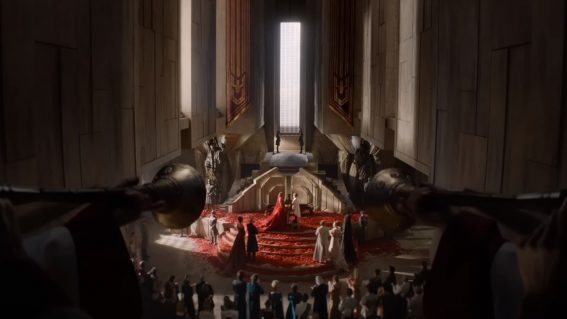Elysium: The Blockbuster Saviour That Wasn’t

“Elysium’s gonna be the one”, I said, in hopeful anticipation that Neill Blomkamp’s second feature would turn things around for the Modern Blockbuster, which in the last few months, has given us plenty of reasons to lament its current state. Whether it’s all the gloomy industry talk of a potential “implosion” in Hollywood, or the setting-in of “blockbuster fatigue”, the copious think-pieces pumped out recently by film writers have definitely made it clear that this is a significant period for reflection: is there something actually going on with the ol’ blockbuster or is it just business as usual?
But before I get into a post-mortem summary of the latter, let’s position Elysium into the scheme of things. In hindsight, all signs should’ve pointed to “I should have known better”. But if you had talked to me earlier this year, I would have been certain that we’d be in the hands of a winner. Blomkamp built up much goodwill with his debut, 2009’s District 9, a smart, ferocious, socially conscious sci-fi thriller that showed he could stage impressively effects-heavy action on a relatively tight budget. If he could do this with $30 million, imagine what he could do with FOUR times that budget, right? And with Elysium arriving at the tail end of a underwhelming tentpole season — with regards to box office performance and critical reception of key releases — it’s not unreasonable to expect that Blomkamp, based on the promise of District 9 and an attractive trailer, could only do good.

Disappointingly, this wasn’t the case. Elysium didn’t open to either great business (it made less than District 9 did in its opening weekend in the US) nor great reviews. They were mixed at best, and I have to concur: it’s just not a good movie. While it has the odd, designery visual that’ll catch the eye, Elysium is constantly undermined by clunky writing, abysmal performances (Jodie Foster: seriously, wtf) and unmemorable, shaky-cam action only saved by the generous R-rated allowance of exploding body parts. Worst still, considering how much money Blomkamp had to play with, the entire thing feels oddly cheap and undernourished — even cheaper than District 9, which it is essentially a rehash of. I can’t fathom how the early buzz (such as this) could characterise anything seen in Elysium as “jaw-dropping”. The film’s more enjoyable when you view it as a big-budget version of trashy Italian Mad Max knock-offs from the ‘80s.
To Elysium’s credit, its relatively contained scope does make for a refreshing change from the bludgeoning bigness of the year’s other tentpole blockbusters: there aren’t any massive, budget-blowing scenes of annihilation, and the runtime clocks in neatly at well under two hours. Nevertheless, being the last studio release of a dystopian/pre/post-apocalyptic-themed movie in a year chock full of them (see: Oblivion, After Earth, World War Z, Man of Steel, Pacific Rim, World War Z) obviously hasn’t done it any favours. The general feeling is that audiences, myself included, have tired of these bleakly imagined visions of Earth getting battered by aliens, zombies, monsters from the deep and whatnot. Hell, even Damon Lindelof is sick of it.
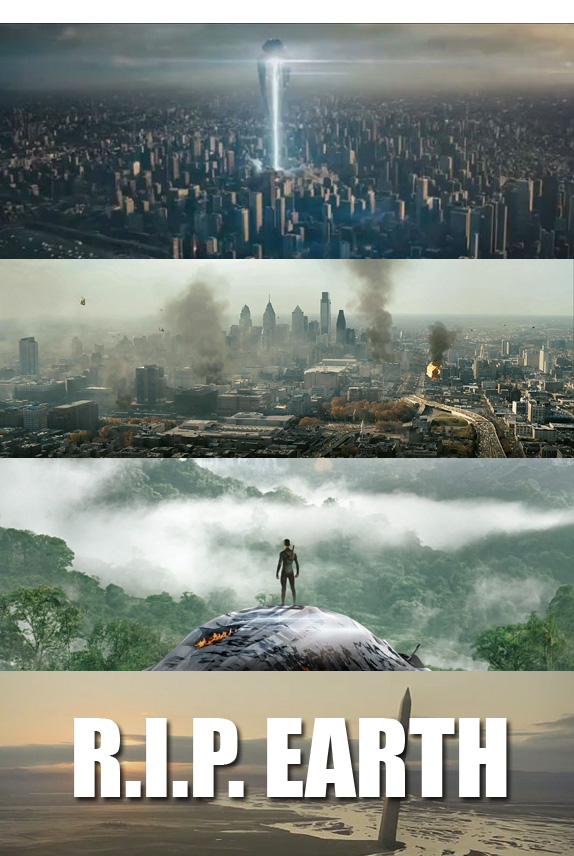
Moviegoers like comfort food, but a little variety in their multiplex diet won’t hurt too. Okay, so it’s a given that the boffo takings of Fast and Furious 6, Despicable Me 2 and Monsters University will ensure that sequels, franchises and brands are always a sure bet for studios, whereas pricey gambles like R.I.P.D. and The Lone Ranger, based on niche-ier sources, could, and have resulted in disaster. But some of the year’s best success stories come from counter-programming, with low-to-mid-budget genre films like The Purge and The Conjuring reinforcing horror’s time-tested profitability and providing audiences scares amidst superheroes and sequels. Meanwhile, the Sandra Bullock and Melissa McCarthy’s buddy comedy The Heat effectively worked its female-skewed target audience – whom summer blockbusters aren’t generally targeted to – and came up top against Roland Emmerich’s White House Down.
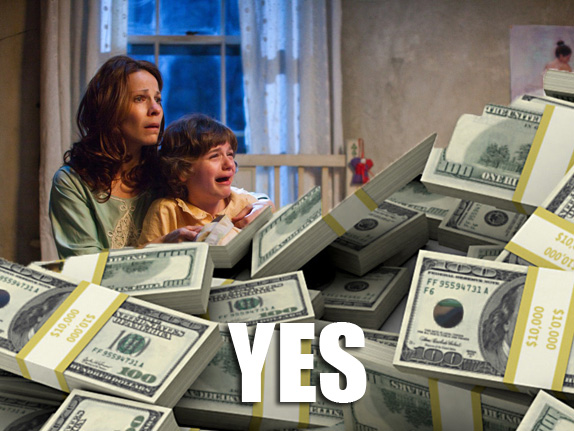
But the problem is that variety is harder to achieve these days when the realities of tentpole exhibition means smaller films have to fight for screentime in theatres and are often simply elbowed out of view. Furthermore, risk-averse studios are less likely to get behind projects remotely deemed a little left-field. Stories of established veteran filmmakers finding other avenues to realise their vision are common: Steven Spielberg’s Lincoln almost became an HBO film; Francis Ford Coppola is now making little indies like Twixt and Tetro; Steven Soderbergh’s retired from theatrical features (his illuminating State of Cinema address is worth a watch); Spike Lee and Paul Schrader have turned to Kickstarter to get films off the ground. And you wouldn’t know it but the forthcoming Formula One racing pic Rush, with successful Hollywood players like director Ron Howard and producer Brian Grazer attached, is an independent British production with money pooled from various sources when Universal passed on funding it.
We’ve been saying this for years but the lack of original ideas in Hollywood is ever prominent. Audiences aren’t thick; they recognise formulaic structures, predictable beats. Even a film like Pacific Rim, touted as an “original”, based on no existing property, suffers from banal characters and storytelling unable to match its visual mastery, making it so reminiscent of other “destruction porn”-type movies that it feels like it’s based on something. Pixar, usually championed for their inventiveness, have also succumbed to franchise-extending formula with the likes of Cars 2 and Monsters University. In a recent dig at American animation, Coraline director Henry Selick too recognises the samey-ness. Perhaps the most disconcerting aspect of all this is the homogenising of product solely to make it travel. With US studios now relying more than ever on global box office to make up the shortfall of domestic performance, movies have to play well across the world, which basically means more spectacle, less subtlety. Then there’s the business of international co-funding with countries like China, where the creative integrity of movies are replaced by contractual obligations to please financiers (e.g. the Iron Man 3 deal).
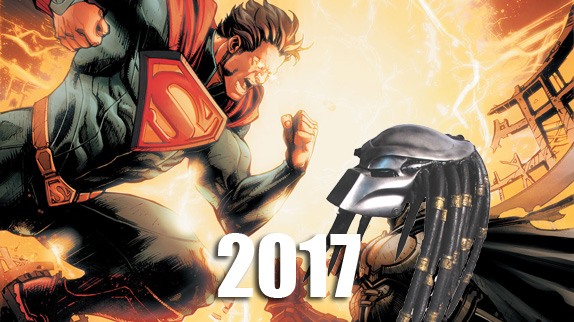
The trend will continue exponentially. A quick look at the blockbuster release slates of 2014 and 2015 reveals just more of the same, more expensive, and just more. The flops of ‘13 may have stung a little, but hey, it looks like overall the summer season did OK, like, the best ever. To take a positive outlook from all this blockbuster drama: there’s no point fighting it. Will powerful studio execs listen? Nope. The best bet for nurturing and distributing new, unique voices will come from a myriad of other non-studio channels (Kickstarter, Netflix, HBO, Amazon etc.). If audiences aren’t turning up to blockbusters, it could be fatigue, it could be bad buzz. Or it could be the fact one can’t afford to consume everything out there; cinema is competing with the television and gaming industries, both mediums that have grown by leaps and bounds over recent times in accessibility, popularity and critical respectability. Or it could just be that sitting in a theatre with other people can be a shitty experience that’d you’d rather not spend $17 on.








